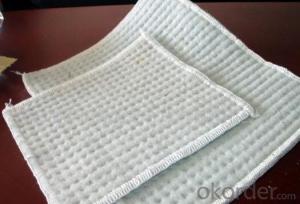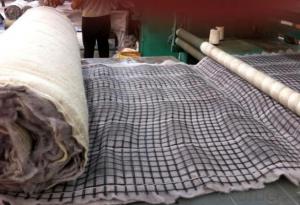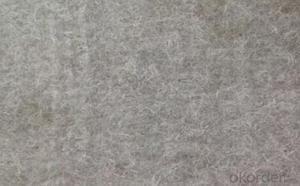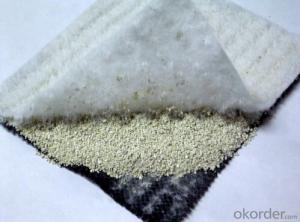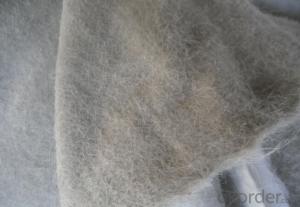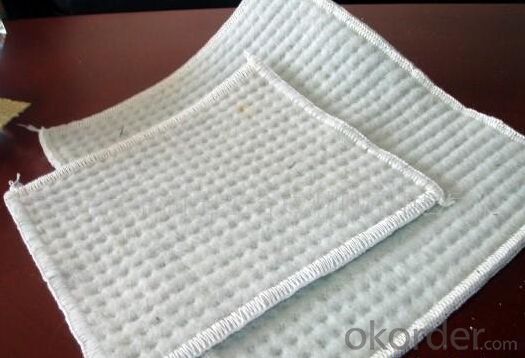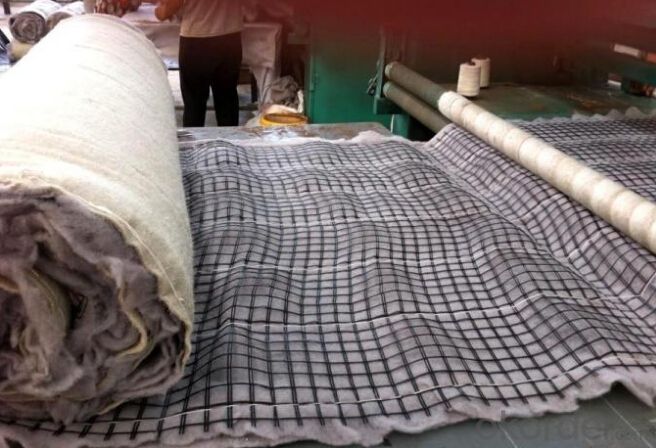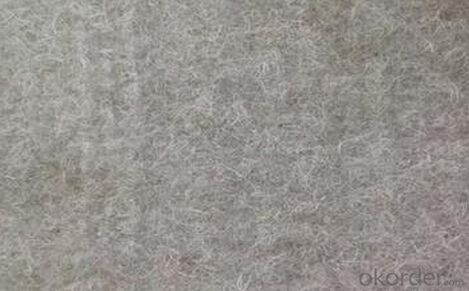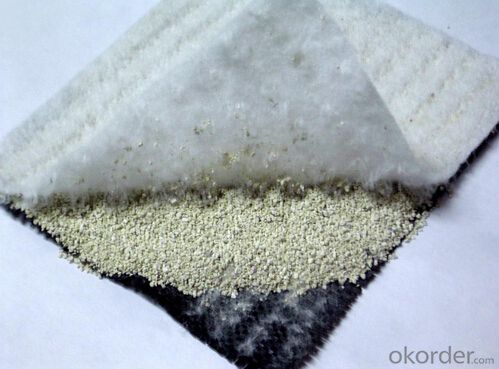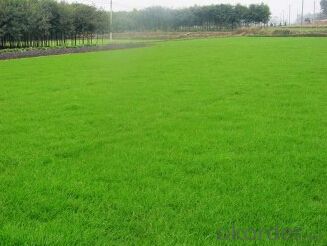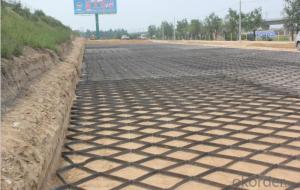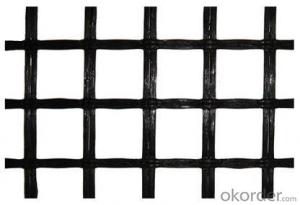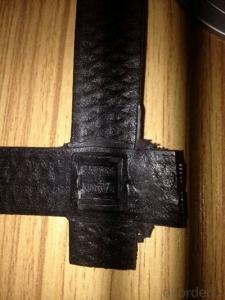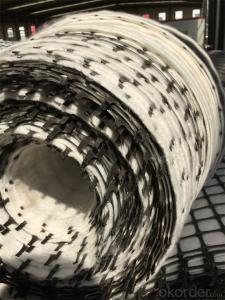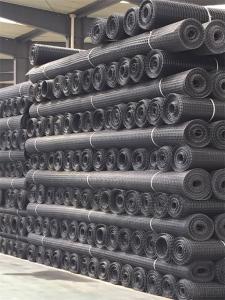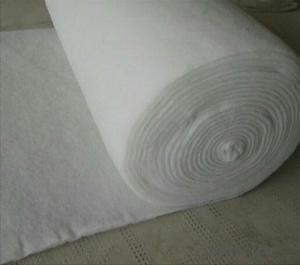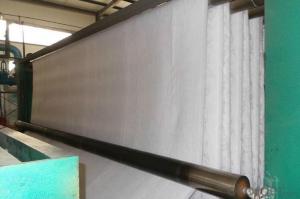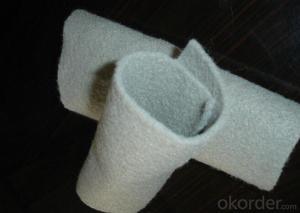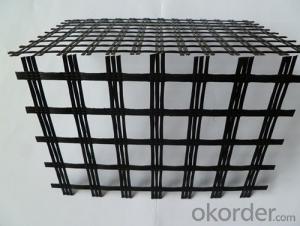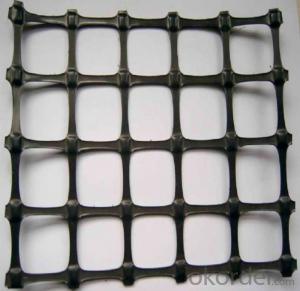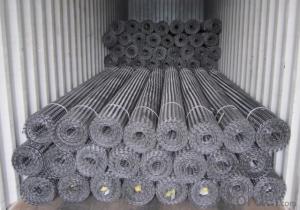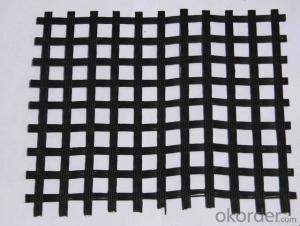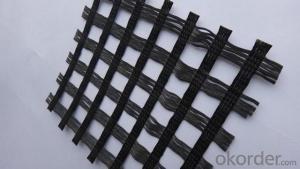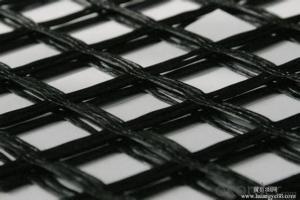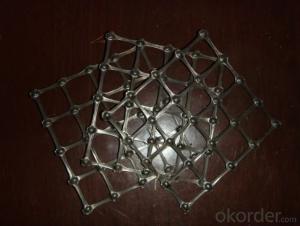Geogrids for Access Routes - Nutrition Geotextile for Greening Plants
- Loading Port:
- Qingdao
- Payment Terms:
- TT OR LC
- Min Order Qty:
- 5000 m²
- Supply Capability:
- 2000000 m²/month
OKorder Service Pledge
OKorder Financial Service
You Might Also Like
Nutrition geotextile in water environmental engineering .
Specification:
Made from PROT,L etc.natural fiber by nonwoven process,it’s composed of nonwoven geotextile layer and nutritive layer for plants.
nutrition geotextile in water environmental engineering . Specification:
1. 200g/m2-400g/m2
2. One side thermally bonded nonwoven geotextile
3. Both sides thermally bonded nonwoven geotextile
Product Feature:
1. Simple and fast construction
2. Achieve the greening effect quickly after construction
3. Due to the grass and composite fiber fabrics become into one integration, so it has the ability of certain degree of flow resistance for the water rising before the grass survive.
4. Composite fiber fabric is a continuous structure from slope top to slope toe, both ends are fixed, has high water flow resistance.
Technical Specification
5.0 m length and 1.05 m width. Reverse side all used filter material. Grass seeds: Bermuda grass (warm season grass), Bahia grass (warm season grass), Kentucky bluegrass (cold season grass), Tall fescue grass (cold season grass), Red fescue grass (cold season grass). Plant height: 0.1 ~ 0.5 m.
| NO. | Items | Specification | Notes | |||
| 1 | Total unit area weight g/sq.m | ≥380 | ||||
| 2 | dimension | width m | 1.0~2.0 | |||
| length m | as per user’s request | |||||
| 3 | Composite fiber fabrics | Material | Polyester Fiber | High strength PET | ||
| Unit area weight g/sq.m | ≥160 | |||||
| Mesh dimension mm | 8×8 | |||||
| Extension strengh kn/m | ≥11 | MD & CD | ||||
| 4 | Filtra layer | Material | Polyester non woven geotextile | |||
| Unit area weight g/sq.m | ≥40 | |||||
| 5 | Grass seeds, Fertilizer | Type | According to actual situation choose 3~5 grass seeds | |||
| Plant height m | 0.1~0.3 | |||||
| 6 | Fiber layer | Material | wood pulp cellulose | |||
| Unit areaweight g/sq.m | ≥15 | |||||
| 7 | flow resistance | ≥4 | not allow appear scour, suction and blanket turn-over etc. damage phenomenon | |||
| M/s | ||||||
| 8 | Anti-UV strengh conservation rate % | 65~80 | 3000hrs Continuously exposure 3000hrs | |||
| 9 | Supporting spare parts | ABS fastening nail | Material | ABS Resin | Fixed between two blankets by length direction | |
| Fiber diameter mm | 35 | |||||
| Nail length mm | 325 | |||||
| Lnail | Material | Steel wire (content 10% zinc-aluminium alloy) | Used to fix single blanket | |||
| Fiber diameter mm | 4 | |||||
| Nail length mm | 200 | |||||
| ABS connecting nail | Material | ABS Resin | Used in the slope between the two blankets ( width direction) | |||
| Nail length mm | 38 | |||||
| Connecting fiber | Material | High strength Polypropylene | Used in the slope between the two blankets ( width direction) | |||
| Length mm | Cut as per request | |||||
APPLICATION:
Generally laid on the river channel, slope protection etc. slope revetment projects, to control the water erosion, soil loss, meantime can reach the effect of slope ecological restoration and landscape greening, making river back to natural.
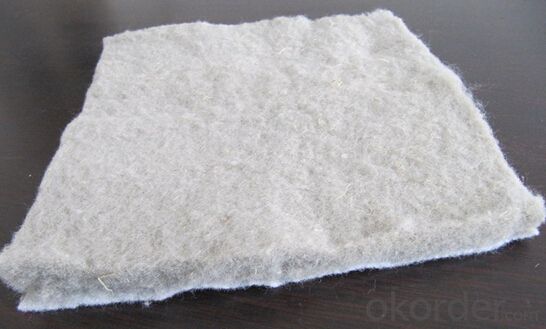
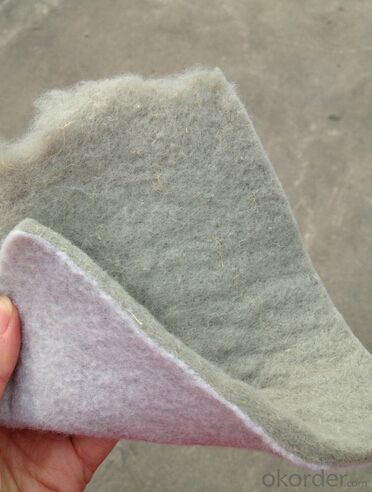
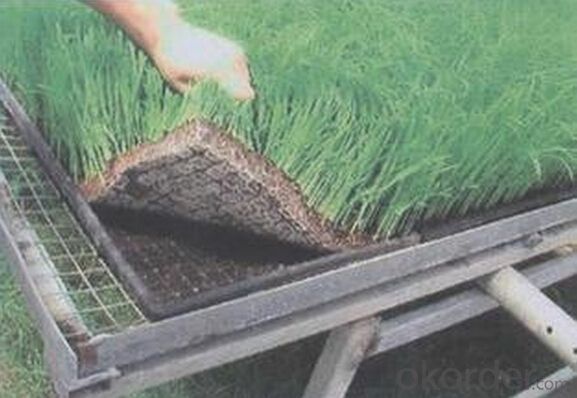

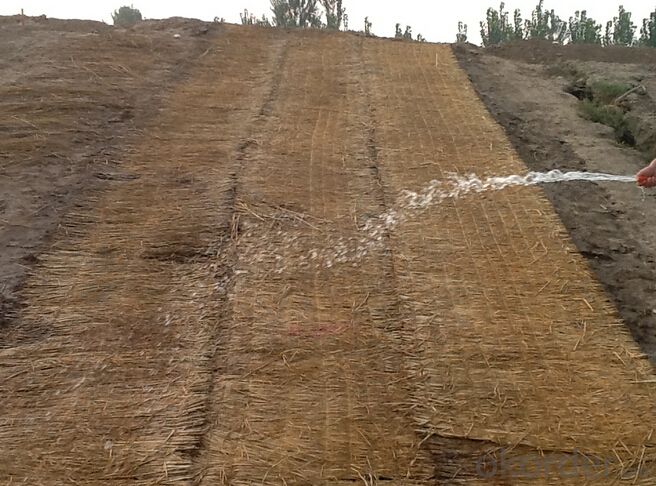
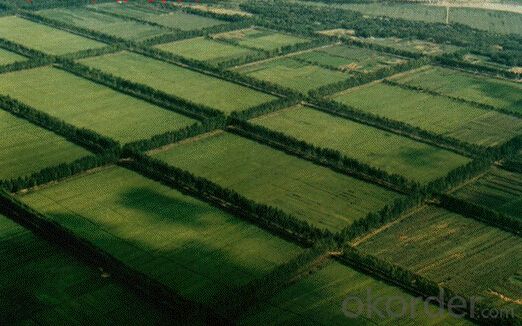
- Q: What is the price of geogrid? There are geogrid manufacturers that good?
- I come to help you answer, geogrid with fiberglass geogrid, plastic geogrid, steel plastic geogrid, polyester geogrid, etc., there are two-way and one-way points, there are three special shaped, etc.According to the general specification of geogrid tension kn, such as 20kn/m,
- Q: What factors should be considered when selecting a geogrid?
- When selecting a geogrid, several factors should be considered. These include the type and condition of the soil, the desired level of reinforcement, the anticipated loads or stresses, the longevity required, the installation process, and the availability of the geogrid in the required specifications. Additionally, factors such as cost-effectiveness, environmental impact, and compliance with industry standards should also be taken into account when selecting a geogrid. Ultimately, the chosen geogrid should be compatible with the specific project requirements and provide the necessary strength and stability to enhance the performance and longevity of the structure.
- Q: What is the typical geogrid roll length for specific applications?
- The typical geogrid roll length for specific applications can vary depending on the specific project requirements and the manufacturer's offerings. However, it is common to find geogrid rolls with lengths ranging from 50 to 500 feet.
- Q: How do geogrids improve the performance of reinforced soil slopes in seismic areas?
- Geogrids improve the performance of reinforced soil slopes in seismic areas by providing stability and reinforcement to the soil structure. They enhance the tensile strength of the soil and distribute the applied loads more evenly, reducing the potential for slope failure during seismic events. Additionally, geogrids help to control soil erosion and prevent soil displacement, resulting in improved overall slope stability and resilience in seismic areas.
- Q: GDZ150 type one-way steel plastic welding geogrid D in the construction of the roadbed is horizontal paving also vertical spread?
- Because the direction of the force is mainly perpendicular to the direction of the line, your product is a one-way force of the product; if two-way products do not exist this problem.
- Q: What are the benefits of using geogrids in construction projects?
- Geogrids offer several benefits in construction projects. Firstly, they provide reinforcement to soil, preventing its movement and improving stability. Secondly, they enhance the load-bearing capacity of the soil, allowing for the construction of structures on weak or unstable ground. Additionally, geogrids help reduce construction costs by eliminating the need for extensive excavation and the use of traditional construction materials. They also facilitate faster construction by reducing the time required for ground preparation. Overall, geogrids enhance the longevity and durability of construction projects while providing cost and time savings.
- Q: What are the limitations of using geogrids?
- Some limitations of using geogrids include their high initial cost, potential for damage during installation, limited effectiveness in certain soil conditions, and the need for proper maintenance and monitoring to ensure long-term performance. Additionally, geogrids may not be suitable for all applications and may require technical expertise for proper design and installation.
- Q: How do geogrids enhance the performance of flexible retaining structures?
- Geogrids enhance the performance of flexible retaining structures by providing reinforcement and stability. They increase the strength and load-bearing capacity of the soil, preventing excessive movement and deformation. Geogrids also distribute the applied forces more uniformly, reducing the risk of localized failure. Additionally, they improve the overall durability and longevity of the retaining structure by mitigating the effects of soil erosion and settling.
- Q: Can geogrids be used in stabilization of coastal dunes?
- Yes, geogrids can be used in the stabilization of coastal dunes. Geogrids are commonly used for soil reinforcement and erosion control, making them effective in preventing dune erosion and maintaining their stability. By installing geogrids, the dune's natural sand and vegetation can be retained, while preventing sand displacement and erosion caused by wind and waves.
- Q: What is the recommended overlap for geogrid installation?
- The recommended overlap for geogrid installation typically varies depending on the specific project and geogrid manufacturer's recommendations. However, in most cases, a minimum overlap of 1-2 feet (30-60 centimeters) is recommended to ensure proper connection and load distribution between adjacent geogrid panels.
Send your message to us
Geogrids for Access Routes - Nutrition Geotextile for Greening Plants
- Loading Port:
- Qingdao
- Payment Terms:
- TT OR LC
- Min Order Qty:
- 5000 m²
- Supply Capability:
- 2000000 m²/month
OKorder Service Pledge
OKorder Financial Service
Similar products
Hot products
Hot Searches
Related keywords
